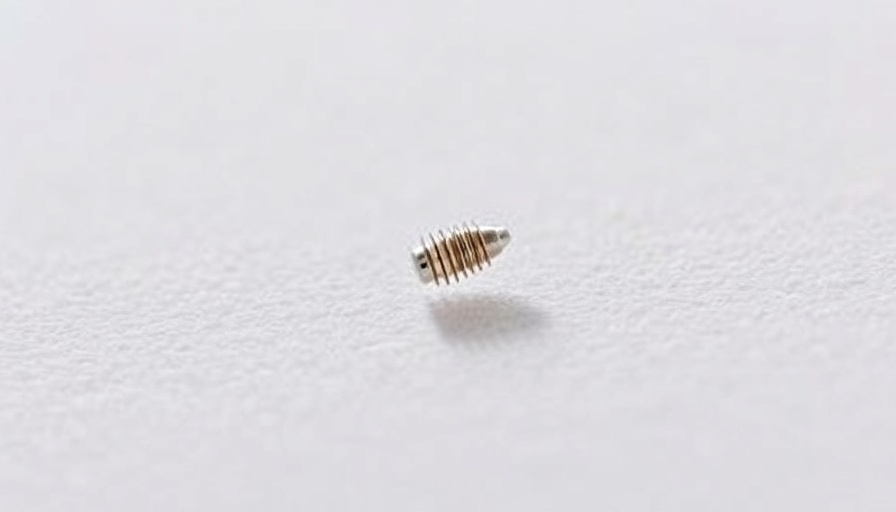
Revolutionizing Recovery: Tiny Implant Sparks Hope for Spinal Injury Patients
In a stunning advancement in the field of medical technology, researchers from the University of Auckland and Chalmers University of Technology have developed an ultra-thin implant that has successfully restored movement in paralyzed rats. This innovative implant delivers controlled electric currents directly to the injured areas of the spinal cord, replicating natural signals for nerve healing. With an approach that avoids inflammation or damage, this groundbreaking study opens up a world of possibilities not only for humans but also for animals.
Understanding Spinal Cord Injuries
Spinal cord injuries pose a significant medical challenge today, often leading to long-term disability and affecting the lives of countless individuals. Unlike superficial wounds, spinal cord injuries have a poor regeneration capacity, causing irreparable damage to the vital communication pathways between the brain and the body. As Dr. Bruce Harland explains, the potential for recovery from these injuries has remained limited, making advancements in treatment both crucial and urgent.
How the Implant Works: A Step Toward Healing
The research team, directed by Professor Darren Svirskis, developed the implant to sit directly atop the spinal cord, strategically placed over the injury site. Controlled electrical currents stimulate healing processes much like the natural electrical fields that guide the nervous system's early development. In trials, the results were striking. Rats that received this treatment exhibited significant recovery signs, showing enhanced movement and improved response to touch after just four weeks.
Comparison with Natural Healing
A notable feature of this study is its method of comparing natural recovery in rats with recovery stimulated by the electrical device. While rats possess a greater inherent ability to recover from injuries, the study clearly demonstrated that electrical stimulation markedly enhanced both mobility and tactile sensation. This dual approach highlights the considerable potential for future applications in human medicine.
The Path to Human Application: What Comes Next?
The promising results from this research aspire to pave the way for clinical applications in humans. Researchers aim to translate this technology from animal studies to practical medical solutions. As the study unfolds further, it is essential to consider how such innovations can be adapted to meet the specific complexities of human spinal cord injuries and rehabilitation processes.
Potential Impact on Quality of Life
For the millions affected by spinal cord injuries, the implications of this technology are enormous. Regaining movement not only has physical benefits but also profound psychological implications. The restored ability to move can restore independence, boost self-esteem, and enhance overall quality of life, significantly transforming the journey of recovery.
Looking Forward: Challenges and Considerations
While this breakthrough offers incredible hope, several challenges lie ahead. Research must thoroughly assess long-term effects, the feasibility of human-application, and potential ethical concerns surrounding the use of such technology. The balance between innovation and safety will be essential as this research progresses.
Community Interest: The Dallas Connection
As we anticipate advancements in spinal recovery technology, cities like Dallas are at the forefront of healthcare innovations. Local lifestyle management clinics and healthcare influencers are beginning to highlight the importance of cutting-edge medical technology. Innovations emerging from research hubs around the world, including groundbreaking studies like this one, may soon become integral parts of lifestyle management approaches for spinal care in Dallas and beyond.
Final Thoughts: Embrace the Future of Medicine
This development is more than just a technical achievement; it signifies new hope for individuals living with paralysis. As society evolves in its understanding of medical technology, we must support such research and its progression. The intersection of technology and compassion could reimagine recovery paths for countless individuals.
 Add Element
Add Element  Add Row
Add Row 



Write A Comment